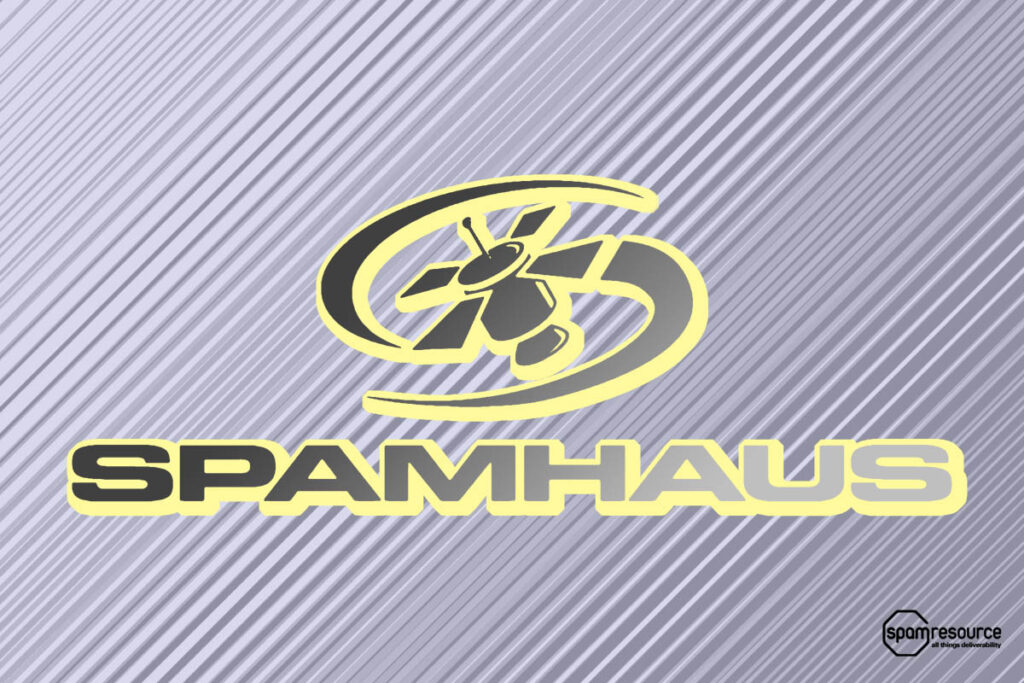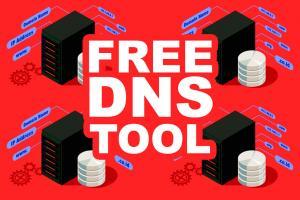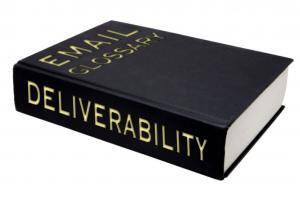blocklist
As part of their continuing efforts to lock down unrestricted public access to their reputation data, Spamhaus has announced that as of February 14, 2024, they’ll be blocking DNSBL queries made via Digital Ocean’s Cloud Server infrastructure. Read more about it here. This isn’t really a bad thing; those who want can still sign up for the free tier of “DQS” access from Spamhaus for small volume or hobbyist usage. Requiring registration for this (and using their unique subdomain-based process) reminds me a bit of email authentication — the goal is so that Spamhaus can see you as you, not as just some random bits of data in the blob of all the requests coming from public servers. I’ve blogged about this before. So if you’re wondering how to safely query Spamhaus reputation data, read this and be informed. Email admins asleep at the wheel tend to wake up weeks
Spamhaus just announced that they’ve “reinvigorated” the ASN-DROP list, now available in JSON format. The point of this whole thing is for network operators (think ISPs and similar) to just totally block off any potential connections with really bad networks that are spewing nothing but spam, phish and other garbage.In theory this should not impact your typical marketing sender, but it’s good all of us to be aware of what this is. They’re blocking, in some cases, some bad guys who would happily take threats to a phyiscal level with Spamhaus people, given the chance. If the bad guys can’t route their bad stuff, they can’t rip people off, and they don’t make as much (ill gotten) money. That’s why Spamhaus folks are sometimes cagey about full names and locations, in case you’re wondering — not because they’re worried about how a Fortune 500 retailer might react to an SBL
DELIVTERMS: The weekly series here on Spam Resource that defines deliverability terminology. Today, I’m going to talk about blocklists.What are blocklists? Also called blocking lists, they are lists of IP addresses and/or domain names that are used as spam filters to plug into various email servers and spam filters. The implication is typically that by inclusion of a particular IP address or domain name on that blocklist, that the publisher of that blocklist perceived or believed that the user or owner of that IP address or domain name was engaged in sending spam, or some other unsavory practice.It was common for some folks to call them “blacklists,” though most operators of blocklists avoided that term. Today, most folks refer to them as “blocklists.”Technical terms that typically refer to a blocklist include:RBL (Realtime Blockhole List): Technically refers (only) to the MAPS RBL, one of the first blocklists, but some folks use…








